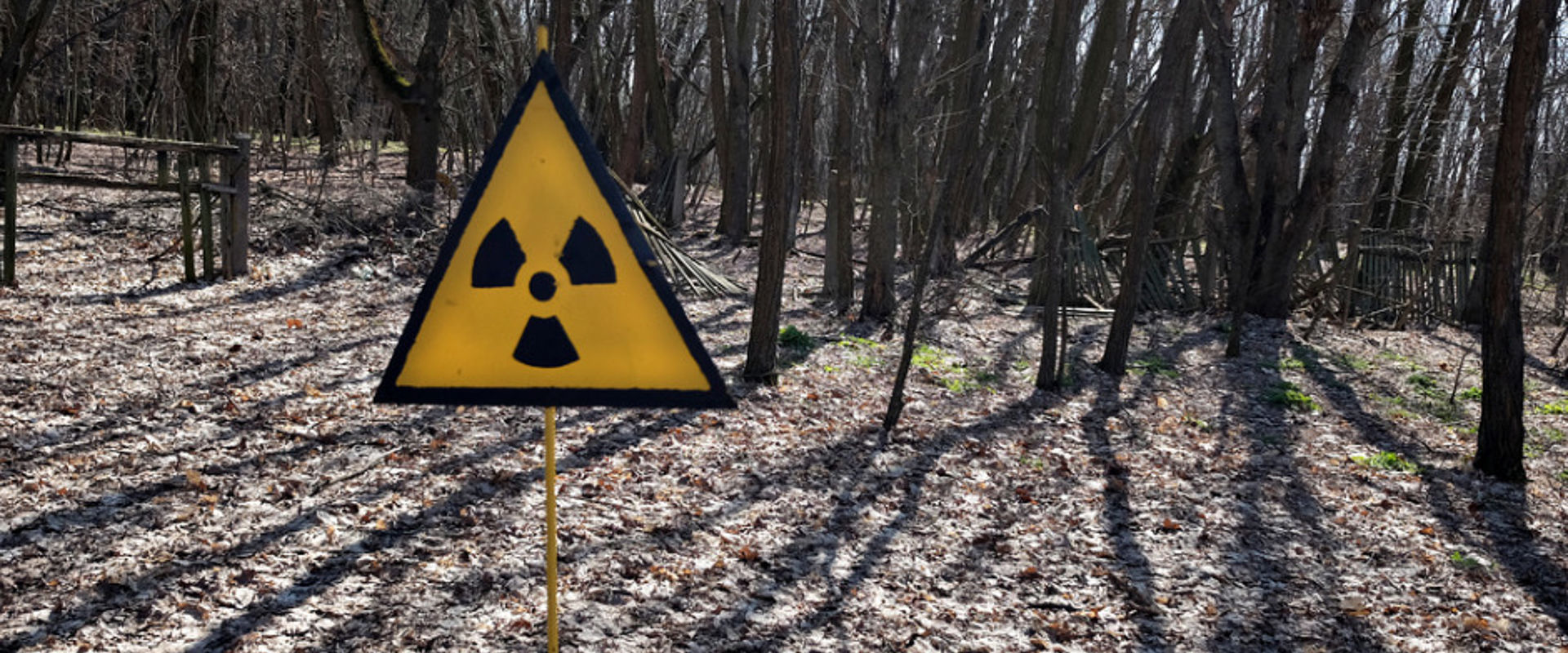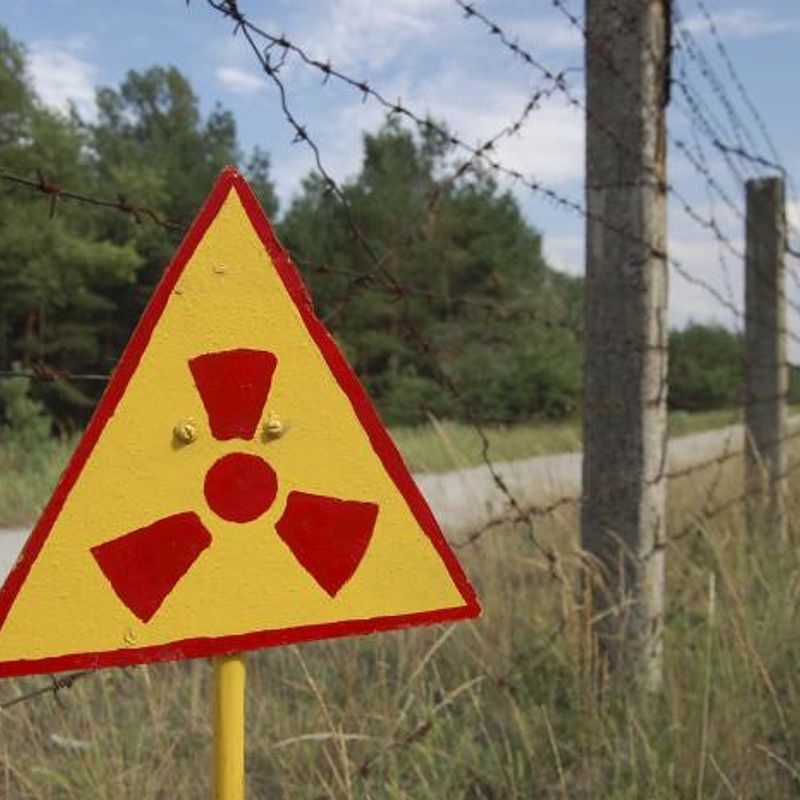
Nuclear incident alerts
Challenge
Following a major nuclear incident, fast decisions are needed on issues from protecting the public to prevention of contaminated food entering the supply chain. Different radioactive isotopes, or radionuclides, present different risks. For example, radioactive iodine can accumulate in the thyroid gland, whilst caesium on grass consumed by dairy cows can contaminate milk supplies. Different responses to the specific risks present are required to minimise disruption.
Radiological dose rate monitoring networks were introduced in Europe following the Chernobyl disaster. Most networks use robust and simple to operate Geiger-Mueller counters for detecting changes in radiation levels, but these cannot detect the type of radionuclide present. Identifying specific radionuclides in real-time would allow faster and more appropriate countermeasures. It would also solve a problem created by naturally occurring radon, which is mostly harmless, but when rain washes its decay products from the atmosphere increasing the natural radiation background detectors incorrectly record a false positive response.
Newer radiation detection methods use scintillation materials, which produce flashes of light in proportion to the incoming energy from ionising radiation emitted by various radionuclides. Light is measured with spectrometry instruments to identify the radionuclides present. These detectors could increase the information available for decision-making but need better characterisation to increase confidence in their performance before deployment in monitoring networks.
Solution
The EMRP project Metrology for Radiological Early Warning Networks in Europe compared a range of scintillation detectors, using radioactive sources to simulate the nuclides in different types of radioactive contamination following an incident. This comparison demonstrated that these detectors would be suitable for use in radiation monitoring networks. The project also evaluated historic data on naturally occurring radon gas background dose rates and monitor positioning to understand how different factors affect measurement results. Finally, it performed comparison studies in the field to demonstrate expected scintillation detector performance post installation.
EMRP projects operate a scheme enabling workers from other EU institutions to acquire improved skills by visiting sister organisations. As an example, a Polish researcher active in maintaining Poland’s early warning monitoring system gained valuable experience in measurement best practice during a fixedterm contract at PTB in Germany.
Impact
As a result of the project, major upgrades have been made to monitoring networks in Poland and Germany.
Polish company TD-ELECTRONICS, has upgraded their electronics and software in new compact spectro-dosimetric probes developed for use in Poland’s dose rate monitoring networks using project derived knowledge and field trial performance evaluations. These are being installed in Poland’s National Atomic Energy Agency radiation monitoring network, with further upgrades to 13 existing and 30 new stations anticipated in the near future.
BfS, operator of Germany’s radiological monitoring stations, has developed a complete detection system using novel scintillation materials, with automatic data relay and upgraded analysis software that was performance tested in the project. This system can create automated alerts for elevated radiation levels, whilst also differentiating between real events and false positives from radon decay product wash out.
These new systems help rapidly identify real contamination events and relay accurate hazard information for authorities making decisions on countermeasures, whilst reducing false positives that have the potential to cause costly and unnecessary interventions.
- Category
- EMRP,
- Environment,
